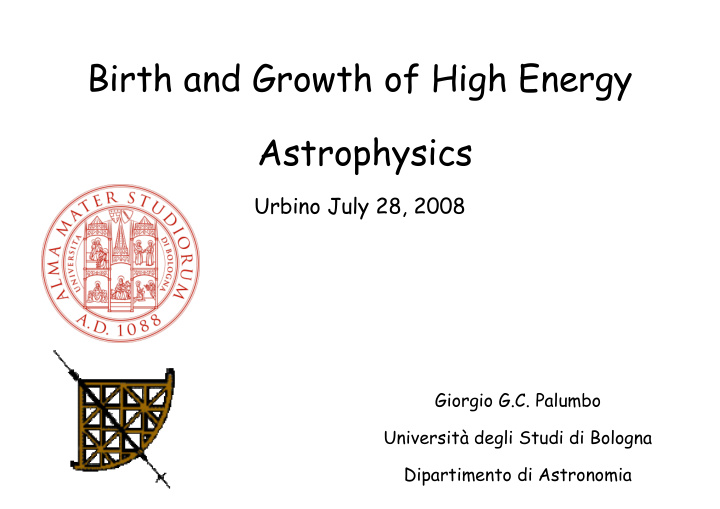



Lifetime : 21 February 1979 - 16 April 1985 Energy Range : 0.1 - 100 keV Hakucho (Swan)
Payload: Very Soft X-ray (VSX) experiment 0.1-0.2 keV Four units of proportional counters each with eff area ~ 78 cm 2 Two parallel to the spin axis FOV = 6.3° X 2.9° FWHM two offset FOV = 24.9° X 2.9° FWHM Soft X-ray (SFX) 1.5-30 keV Six units of proportinal counters. Parallel to the spin axis : Two FOV 17.6 deg FWHM; eff area=69 cm 2 each Two FOV 5.8 deg FWHM; eff area=40&83 cm 2 Two offset FOV = 50.3° X 1.7° FWHM eff area =32 cm 2 each. Hard X-ray (HDX) 10-100 keV scintillator FOV 4.4° X 10.0° FWHM eff area =45 cm 2
The Hakucho (Swan) [CORSA-B] Discovery of soft X-ray transient Cen X-4 and Apl X-1 Discovery of many burst sources Long-term monitoring of X-ray pulsar (e.g. Vela X-1) Discovery of 2 Hz variability in the Rapid Burster later named Quasi Period Oscillation
TENMA Astro-B
TENMA (Pegasus) Lifetime : February 20, 1983 - November, 22 1985 Energy Range : 0.1 keV - 60 keV Payload Gas Scintillator Proportional Counter: 10 units of 80 cm 2 each, FOV ~ 3deg (FWHM), 2 - 60 keV X-ray focusing collector: 2 units of 7 cm 2 each, 0.1 -2 keV Transient Source Monitor: 2 - 10 keV Radiation Belt Monitor/Gamma-ray burst detector
Tenma [Astro B] Discovery of the Iron helium-like emission from the galactic ridge Iron line discovery and/or study in many LMXRB, HMXRB and AGN Discovery of an absorption line at 4 keV in the X1636-536 Burst spectra
EXOSAT ESA launch: 26 may 1983 End 9 april 1986 Very eccentric: orbit duration 90 h Energy range: 0.05-2 keV & 1-50keV
EXOSAT Discovery of the Quasi Period Oscillations in LMXRB and X- ray Pulsars Comprehensive study of AGN variability Observing LMXRB and CV over many orbital periods Measuring iron line in galactic and extra galactic sources Obtaining low-energy high-resolution spectra
GRANAT
More recommend